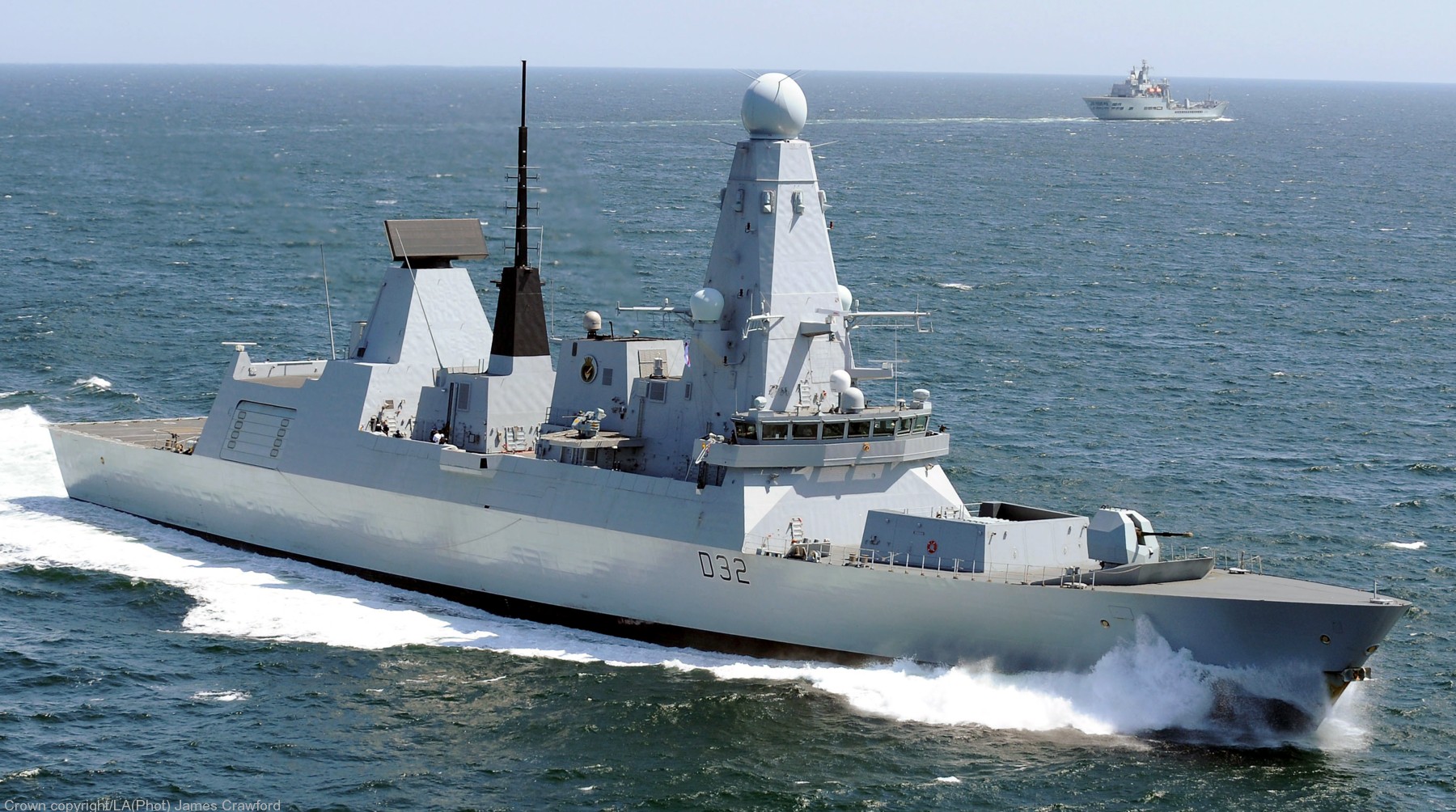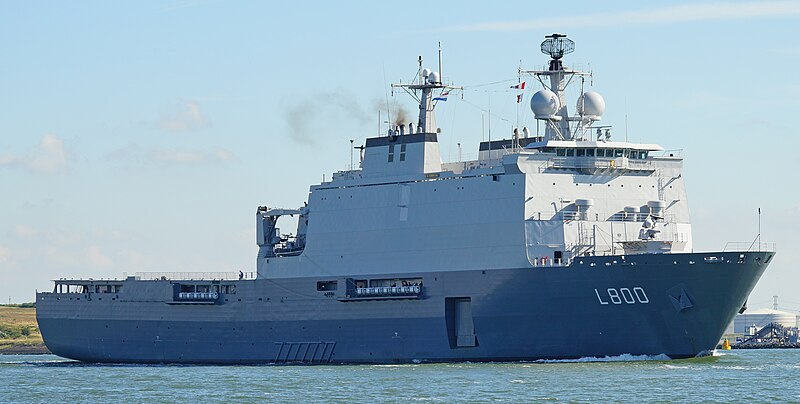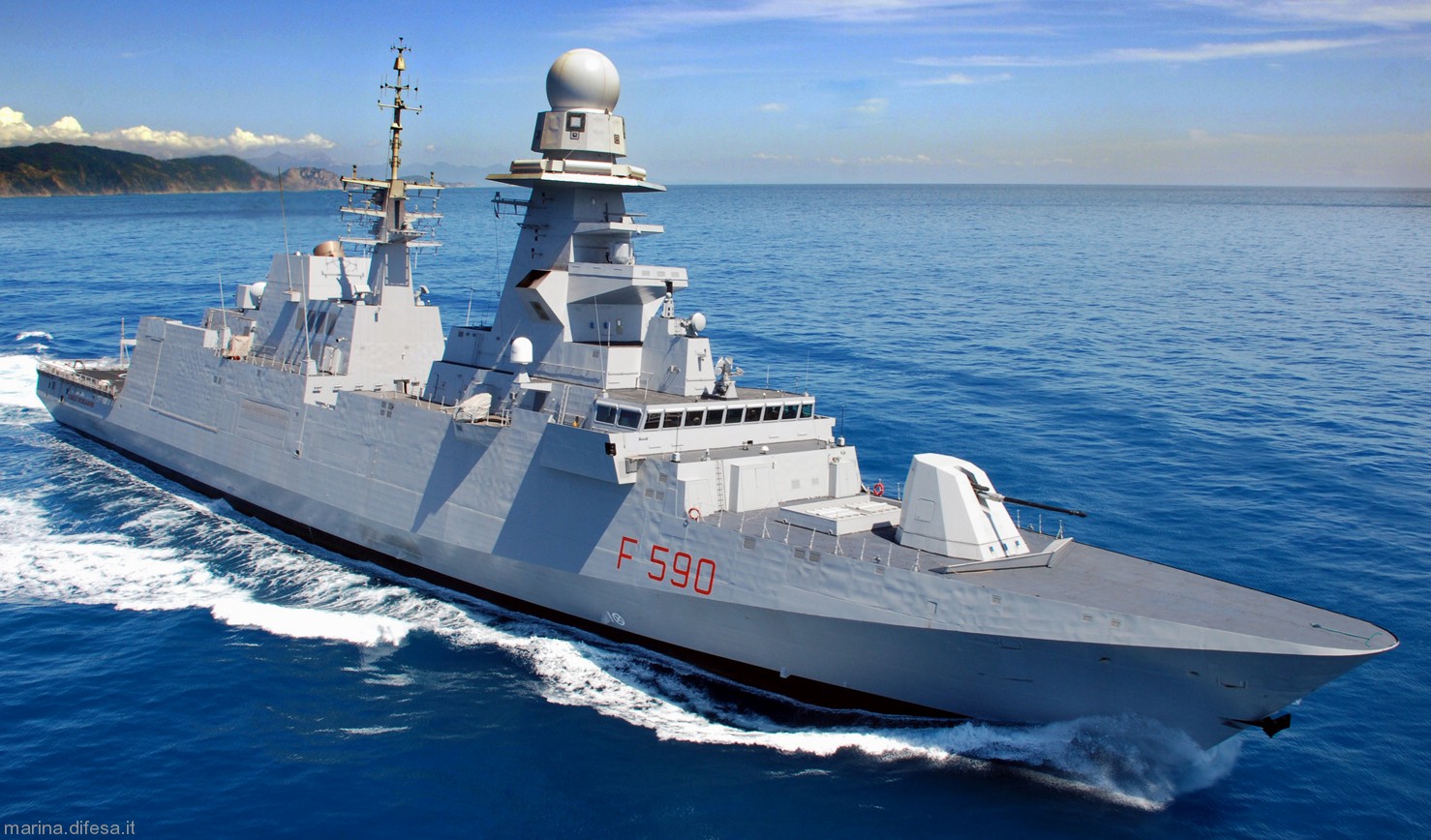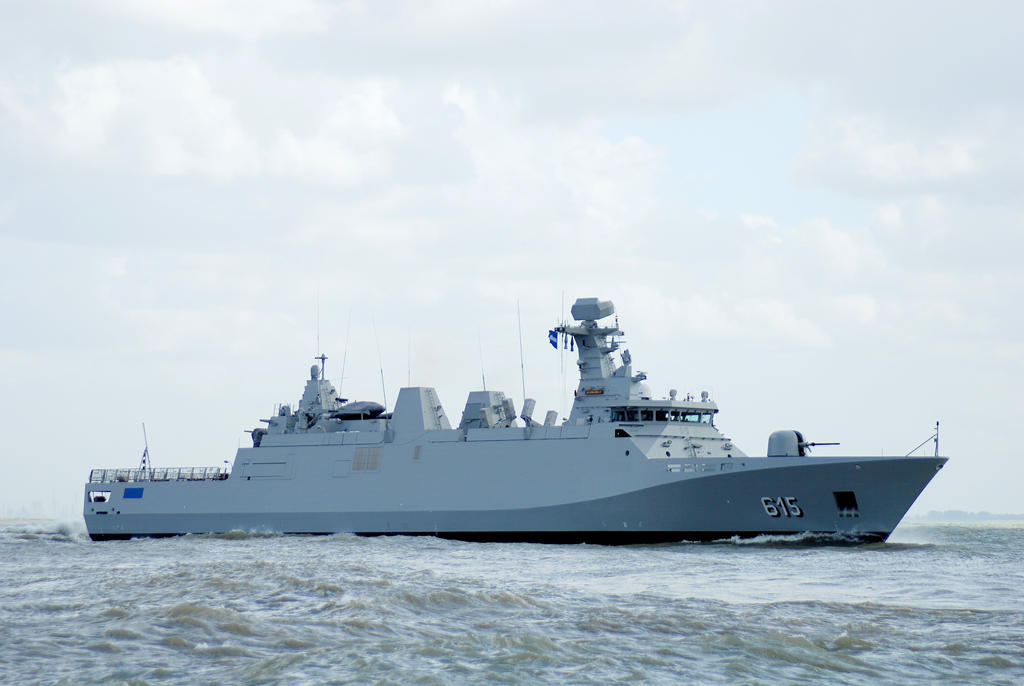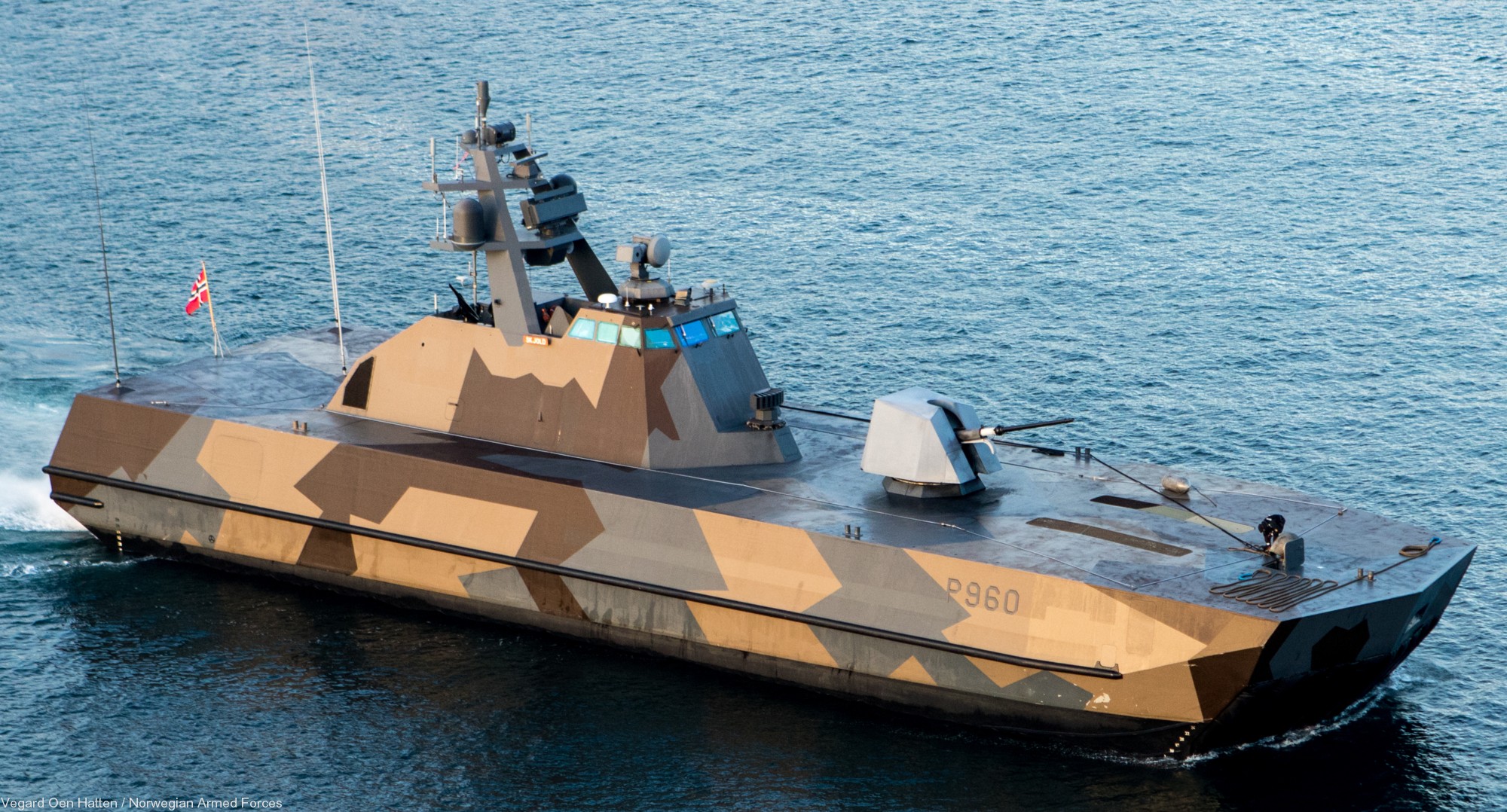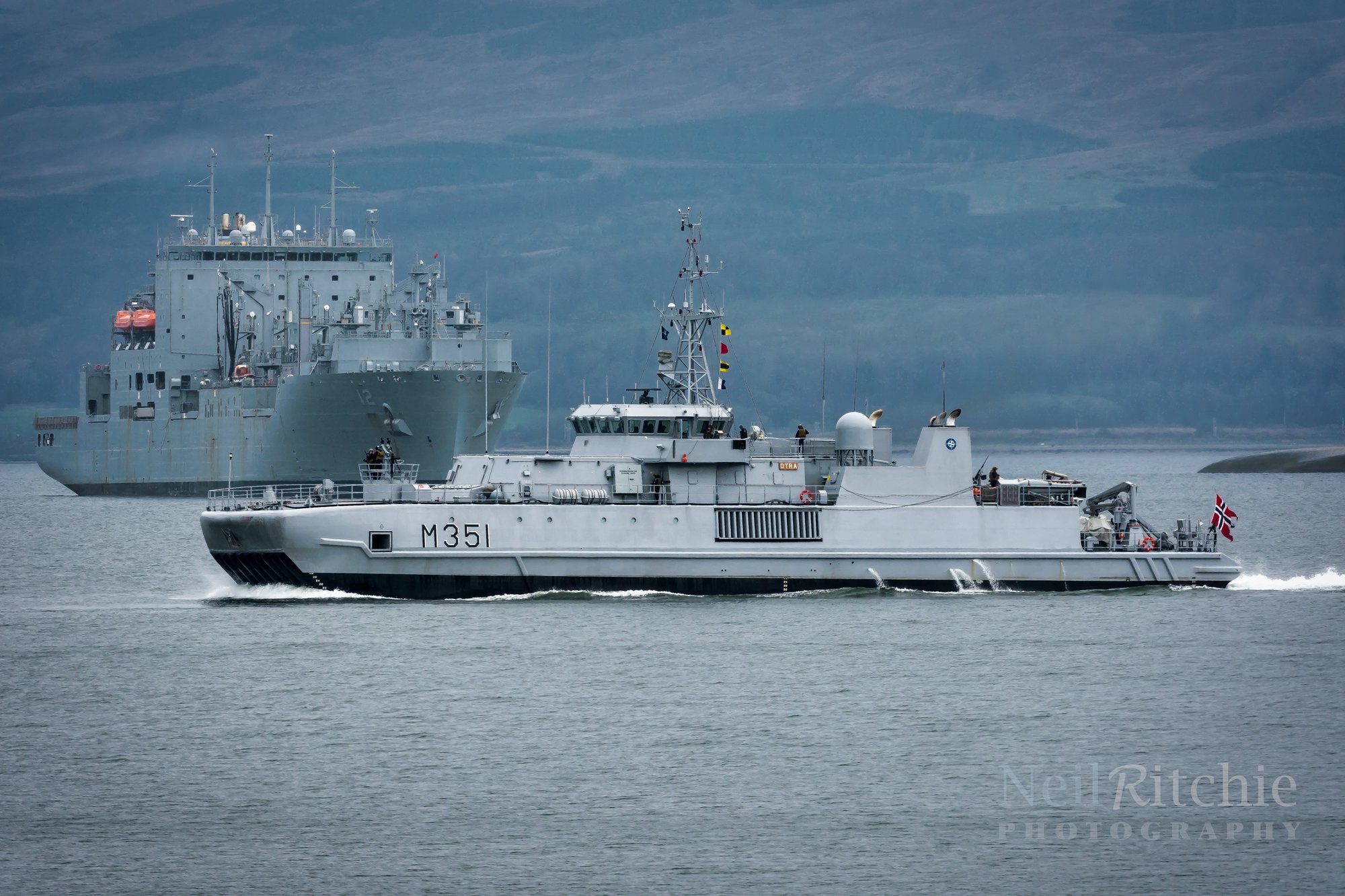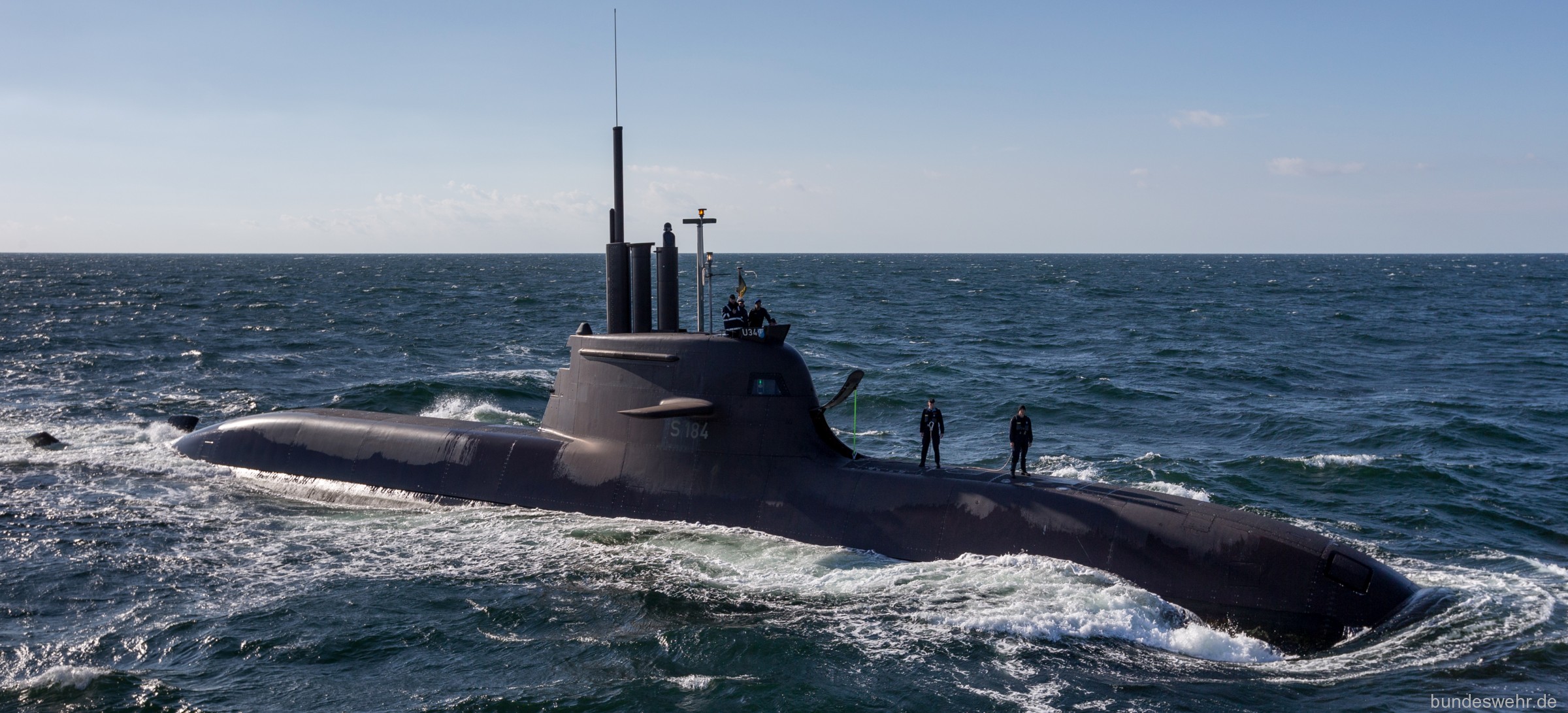The United Kingdom of Great Britain, Denmark, Ireland, Hannover, the Netherlands, and the Antilles
The United Kingdom of Great Britain, Denmark, Ireland, Hannover, the Netherlands, and the Antilles |
| Short Form: The United Kingdom (UK) Colloquially: North Sea Empire, The Northern Realms |
| National Anthem: God Save the King |
| Union Capital: London (Largest City) - Antillean Capital: Willemstad - Irish Capital: Dublin - Welsh Capital: Cardiff - Scottish Capital: Edinburgh - English Capital: York - Dutch Capital: Den Haag - Hannoverian Capital: Hannover - Danish Capital: Copenhagen |
| National Demonym(s): British, Nordish |
| National Language: Nordish (de facto) |
| Population: 128,320,000 |
| Government: Federal Tricameral Parliamentary Constitutional Monarchy - Monarch: Queen Estrid II, House of Estrid-Normandy- Anjou-Stuart-Orange-Nassau-Hannover (Estrid) - Prime Minister: Robert Marshall |
| Legislature: Tricameral Parliament - Executive House: Privy Council - Upper House: Senatorium - Lower House: House of Commons |
| Area: 505,511 km2 - Pop. Density (Avg.): 254/km2 |
| Currency: Sterling, £ (UKPS) - Exchange: £1 = US$1.37 |
| GDP (PPP): US$7.651 Trillion (Est.) - Per Capita: US$59,624 (Est.) |
| Religion: |
| Demographics: |
The United Kingdom of Great Britain, Denmark, Ireland, Hannover, the Netherlands, and the Antilles (United Kingdom henceforth) is a federal constitutional monarchy with holdings across the globe. The nation is comprised of the Kingdom of the Antilles, Denmark, England, Hannover, Ireland, the Netherlands, Scotland, and Wales alongside dozens of overseas territories collectively referred to as the Crown Dependencies. The bulk of the nation is situated on the northern shores of Europe and off its coast, and in the Caribbean's Lesser Antilles. The United Kingdom is a populous, rich, and industrious nation of over 128 million citizens with a GDP of over £5.58 trillion. Its largest city and capital is London, a bustling metropolis and centre of trade home to over nine million residents and hundreds of historic sites.
History
The Idea and existence of a united nation spanning the north sea began with the first true king of the proto-United Kingdom, Cnut the Great and the unofficial North Sea Empire. Cnut ruled as the King of England, Denmark, and Norway, with Scotland and large parts of Ireland swearing fealty to him during his fruitful reign. To ensure the security of England's south Cnut's half-sister Estrid was married to Duke Robert I of Normandy in 1027 following the murder of her first husband Ulf on Cnut's orders. Upon Cnut's death in 1035 and the deaths of his sons in short order, the realm would fracture into its constituent kingdoms and remain so for over two decades. After the death of Edward the Confessor William, Duke of Normandy and son of Estid, Cnut's sister, would invade to stake his claim to the throne through his mother's bloodline. After ascending to the English throne King William the Conqueror allied with his half-brother, King Sweyn II of Denmark, with their mother Estid pronounced Queen of both realms. Denmark and England would remain allied and ruled by the heirs of Estrid and Cnut for the next three hundred years.
In 1375 Margaret of Denmark ascended to the throne as its first queen (lady king) after the death of her father Valdemar IV, leaving her as joint ruler with her husband Haakon VI of Sweden, Norway, and Denmark. When Haakon died in 1380 the couple's only heir was the newborn princess Thyra. With no clear male heirs to choose from the three Scandinavian kingdoms were held together against outside claimants by the will and political prowess of Margaret, who was now ruler or regent of all three kingdoms. To secure her power and solidify the centuries-old alliance with England (and to secure a male claimant of her liking for the Scandinavian crowns) princess Thyra was betrothed to the young prince Henry of Monmouth, son of Henry IV in 1396. Margaret spent much of her 35-year reign laying the foundations for a great union of the northern realms, to rebirth the empire of her forebears Cnut and Estrid. These efforts result in two separate documents created in 1396 and 1406, the Treaty of Kalmar and the Treaty of Roskilde. The Treaty of Kalmar stipulated that the kingdoms of Denmark, Norway, and Sweden would be ruled in perpetuity by the same monarch, as three kingdoms separate but in union under the heirs of Cnut the Great. The Treaty of Roskilde by contrast decreed that the crowns of England and Denmark would forever be united as one and that the laws of both realms would be one and the same, united by the marriage of Henry and Thyra, ruled forevermore by their descendants.
Margaret's death in 1412 saw the couple elected to rule as joint monarchs of Denmark, Norway, and Sweden: the first rulers of the Kalmar Union. A year later Henry IV died and thus the United Kingdom of Denmark and England (referred to as the Roskilde Union) was formed, again jointly ruled by Henry V and Thyra I of Denmark-England, Norway, and Sweden. Henry V's long and successful reign saw both Wales and Ireland conquered and subdued. Henry was briefly crowned King of France at the end of the Hundred Years' War and reigned as such until 1429 when French forces under future king Charles VII and Joan d'Arc retook many of Henry's holdings. In 1461 the inept and mentally unsound Henry VI ascended to the throne of Denmark-England and was briefly crowned as King of Norway and Sweden. His inability to rule such a vast nation fuelled rebellion and he was deposed in 1463 by his younger brother Edward IV with the popular support of the nobility. Edward IV would spend much of his reign extending control in Ireland, much to the chagrin of the nobility in Scandinavia. Upon his death, in 1483 Edward V became king but was soon imprisoned and usurped by Richard III, cousin to Edward IV. This act saw Norway and Sweden erupt in open rebellion against Richard, who was not a descendant of Henry V and Thyra I. Richard's claim was tenuous and in 1485 many lords within Denmark-England were gathered behind Prince Arthur, youngest son of Henry V and Thyra I, to overthrow Richard. On the bloody battlefield of Bosworth, Prince Arthur was crowned Henry VII of Denmark-England and set himself to the task of restoring the Kalmar Union. The United Kingdom's army was however weakened by years of infighting, and in 1492 Henry dissolved the Kalmar Union in exchange for concessions of tribute from the two now-independent kingdoms. He also married his daughter Margaret to King James IV of Scotland to ensure peace in Great Britain. Towards the end of his reign in 1506, Henry VII would create the Kingdom of Wales in recognition of the support Welsh lords had brought him during the rebellion against Richard III, uniting it with his existing title to create the Kingdom of Denmark-England-Wales.
Henry VIII's issues with his souses would see the Anglican Church founded as one of the first Protestant churches and Henry himself as the first major protestant ruler in Europe. In 1542 his government formed the Lordship of Ireland and the other vassal states acquired under Henry V into the Kingdom of Ireland, which was held in personal union with Denmark-England-Wales. Henry's only legitimate son would not live long, and the religiously charged days of bloody queen Mary nearly saw the new church destroyed, and she was strongly supported in still-catholic Ireland. With support from the Papacy and Catholic Europe, the Spanish attempted an invasion against protestant Elizabeth I which was defeated by a combination of superb seamanship and horrible weather. This disastrous campaign saw the united Kingdom pour significantly more support into the protestant Dutch rebellion in the Low Countries. When the famously-virgin Elizabeth I died her closest living male relative, King James VI of Scotland was invited to claim the throne, bringing Scotland into personal union with Ireland and Denmark-England-Wales.
The Stuart period under James the VI's descendants saw a great expansion of the realm's colonial holdings in the new world, but also significant religious strife at home as catholic holdouts continued to agitate against the monarchy. The inept rule of Catholic Charles I saw the monarchy overthrown and the united realms ruled as a Commonwealth under the Protectorate of Oliver Cromwell and his ilk for over 20 years, until Charles II was restored in 1660. Charles' son James would rule for three years until in 1688 he was deposed by his protestant sister Mary II and her husband William III in the Glorious revolution. This act brought the Netherlands into de facto union with the rest of the northern realms. The couple spent much of their 22-year reign uniting the various nations under their rule into one state. The 1707 Acts of Union passed in the parliaments of Scotland, Ireland, Denmark-England-Wales, and the provinces of the Netherlands united all the realms into the United Kingdom of Great Britain, Ireland, Denmark, and the Netherlands. Under this act, a central government that represented all kingdoms within it was formed in London and concessions of autonomy were granted mainly in Ireland and the Netherlands to ensure a peaceful and stable realm.
Whilst Mary II and William III's reign was long and fruitful their relationship was not, with the couple bearing just one child, their daughter Anne. Anne would marry Duke-Elector George of Hannover in 1700. when William III and Mary II died shortly after one another in 1710 the couple were crowned as Queen Anne I and King George I, ruling together for four years until Anne's death in 1714. George, a direct descendant of Henry VII via Margaret and the Stuart line, would continue to reign as King of the United Kingdoms and Duke of Hannover until his death in 1727.
With the reigns of George II and III, the United Kingdom's overseas empire would balloon in size, with Dutch and British colonies operating together to dominate much of North America, the Caribbean, India, and South Asia. However, the Thirty Years' War followed by the US War of Independence dealt several financial and territorial blows to the growing Empire. The greatest threat to the United Kingdom's survival would come at the turn of the 18th century with the French Revolution and Bonaparte's subsequent ravaging of Europe. As a traditionally naval power, the United Kingdom was ill-equipped to tackle the inexorable armies of Napoleonic France as they swept first through the Netherlands, then Hannover, and up through to Jutland, with the Royal Navy securing escape for hundreds of thousands of civilians fleeing across to the Danish islands and England. Republican rebels festered in Ireland as French agitators and saboteurs landed there to stir mayhem as the nation's focus was on retaking the continental kingdoms and stripping France of its overseas possessions. With the assistance of several continental Coalition the United Kingdom was able to beat back the might of France, reclaiming the Danish, Hannoverian, and Dutch lands through a series of brutal offensives.
In response to the threat of Republicanism, the Nordish government chose to reform rather than repress. The powers of the monarch were further devolved to parliament, which expanded suffrage to all landowners and veterans in the Electoral Act of 1821. Hannover also declared itself a kingdom in 1818 following the dissolution of the Holy Roman Empire. The Viceregal Parliaments Act of 1828 also established (or re-established) national parliaments for each constituent kingdom with a distinct set of representatives and delegated responsibilities to improve the flexibility and representative nature of government. One of King William IV's first acts upon becoming king was to push for the integration of Hannover into the United Kingdom, as it was clear his niece Victoria was to be his heir, which would see the personal union broken due to the old laws retained in the former Duchy-Electorate. In August 1832 the Kingdom of Hannover would officially be integrated into the United Kingdom of Great Britain, Denmark, Ireland, Hannover, and the Netherlands. Queen Victoria would become the first queen to rule the United Kingdom in her own right since the old Kingdom of Denmark-England-Wales, though the role of monarch was now primarily ceremonial.
The Victorian era presided over the North Sea Empire's zenith, a golden age of industrialisation and global hegemony, with the Union Jack flying on every continent. The Nordish Empire stretched from Canada in the northwest to Australia and the Pacific islands in the southwest, controlling half the Caribbean, half of Africa, all of India, most of South Asia and Oceania. In the Opium Wars, Hong Kong was ceded outright to the Empire and significant trade concessions were forced out of the Chinese, and the Ryukyu islands were brought under the Nordish umbrella in exchange for supporting imperial Japanese forces during the Meiji Restoration. during the Nordish suzerainty over Egypt, the Suez Canal was commissioned and built to drastically cut down on travel times for commerce between Asia, India, and Europe. The Canal Zone was ceded to the United Kingdom as part of the process. The Nordish holdings in Gibraltar, Malta and Rhodes were heavily fortified during this period to protect imperial shipping transiting the Mediterranean.
The 20th century saw the United Kingdom enter as the undisputed ruler of the waves and lord of over a quarter of the world. The 1900s saw several colonies such as Canada, Australia, New Zealand, Malaya, and the Antilles merged and granted home rule as Dominions. Civil rights protests at home also saw universal suffrage for all adults over 25 and all workers between 18 and 25 granted in 1912, later amended to universal suffrage for all adults (18+) in 1915 as the Great War saw hundreds of thousands demand the right to vote if they were to go to war.
The Great War would be a costly and brutal conflict for the Empire. Whilst it avoided fighting on most of its territory the border regions in Hannover and the Netherlands were devastated by trench warfare which the mighty Royal Navy could do little to assuage. The Treasury expended vast sums in ending the German threat, leaving the nation nearly broke, though it was far better off than any other European power at the end of the conflict. The intervening years between the Great and Second World Wars saw several settler Dominions granted complete autonomy in the 1931 Statute of Westminster, in the midst of the Great Depression and its ravaging of the United Kingdom economy. Again, the United Kingdom's government chose to reform rather than repress as agitators from the political extremes called either for violent oppression of anyone not of Nordish descent, or the culling of its merchants and nobility. This period would see the modern electoral system take its form, with the House of Lords becoming the Senate, and the Lords instead becoming the upper houses of their respective kingdoms. Returning wealth in the late 1930s saw the greater revitalisation of the military and industrial base, barely in time for the worst conflict in the Empire's history.
The Second World War nearly destroyed the Empire, and firmly established its decline from global hegemony. Nordish forces fought hard to protect their homelands in continental Europe but were once again pushed back to the sea through 1940 and 41. Resupply and fire support from the navy allowed for key ports and most of Denmark to be held through the war, but much of the land and industrial base of the Netherlands and Hannover was destroyed in the fighting, and the Treasury's coffers were completely empty following the war's conclusion. What little funds were available were allocated to the rebuilding process, with large parts of the navy sold off for scrap or to emergent allied states across the globe.
After the devastation of war the United Kingdom was unable to maintain its grasp on Empire in the face of increasing resistance to foreign rule, and calls for colonial self-determination from activists within the UK. From the 1940s to 60s dozens of states across America, Africa, and Asia would gain their independence, with the only dominion voting to remain with the United Kingdom being the Antilles, which became the final Kingdom established and merged into the United Kingdom in 1962. Hong Kong, the Ryukyu Islands, Zanzibar, Suez, the Mediterranean Islands, and over a dozen small island holdings in the Atlantic and Pacific were grouped into the Crown Dependencies and granted their own members of parliament and senators in 1963, the same year the Antilles' first representatives entered Parliament. The remaining 20th century was characterised primarily by the reconstruction and development of the now-downsized United Kingdom into a robust industrial powerhouse following the war's devastation.
The 21st century sees the United Kingdom as the strongest it's been since the glory days of Victoria. Whilst its once vast overseas empire has shrunk to a few key holdings and isolated islands across the globe, it has successfully leveraged its industrial and intellectual might into building a prosperous, stable, and robust nation capable of weathering whatever storms the world may throw at it. With the death of Queen Elizabeth II in 2019 her granddaughter Queen Estrid II has taken the throne. She is a modern monarch for a modern age, the first "millennial monarch". Estrid II bears the name of the great matriarch that founded the dynasty alongside her legendary brother a thousand years ago, and many hope that she can match the legend of those forebears and drive the United Kingdom on to even further triumphs.
Government and Politics
The United Kingdom is a federative constitutional monarchy whose parliament possesses two legislative and one executive house, centred on the Palace of Westminster in London. Each of the 8 constituent kingdoms is governed by a bicameral parliament, whilst each Crown Dependency has a unicameral Legislative Assembly: these devolved parliamentary institutions vary in size and legislative scope depending on their populations and what powers have been handed back to Westminster.
1828's Viceregal Parliament's Act legislated the creation of separate national parliaments for the then-6 realms of the United Kingdom, in a dual effort to remove bloat from the main organs of state in Westminster and head off nationalist sentiment before it could develop into separatism. An 1842 amendment to this Act bestowed these parliaments with a permanent mandate and revoked the right of HM Government of the United Kingdom to suspend these institutions. Further reforms in the early 20th century saw the legislative role of peers moved over to the upper houses of the various Viceregal parliaments and also made the legislative assemblies of Crown Dependencies intractable. Her Majesty's Government of the United Kingdom is itself divided between the House of Commons, Senate, and Privy Council: the main legislative chamber, the chamber of review, and the executive respectively. Voting is mandatory for all citizens and permanent residents aged 18 or older, with the sole exception of the Royal Family, for whom the government technically serves.
The House of Commons consists of 855 Members of Parliament (MPs) each representing a single geographic electoral division of approximately 150,000 citizens. A general election is held every four years to determine the representatives of all electorates. Voting for the Commons is done via Full Preferential Voting (FPV) where each candidate for a seat must be ranked from 1st to last preference, with candidates eliminated from the race until one has a majority of preferential support from their electorate. whomever in parliament can guarantee the support of a majority plus 1 of their peers following an election may present themselves to the monarch and request to form a government as Prime Minister. the majority of cabinet ministers are drawn from the Commons. There is no fixed term limit for MPs, though it is a general convention that anyone who has held the same seat for over 30 years or is over 70 years old should not contest the next election. Electoral division boundaries are reviewed and revised by the United Kingdom Electoral Commission, an independent arbitrator that presides over the whole electoral process. Electoral divisions do not cross state boundaries and are commonly named after a major settlement, historical title, or famous person from the division. To avoid malapportionment electoral division covering Crown Dependencies may include voters from several different Dependencies in one division. This system tends to prefer larger homogenous parties and coalitions, or those with a geographically-focused voter base, in line with the principles of responsible government.
The Senate consists of 432 Senators, with 48 representatives for each of the 8 constituent kingdoms and the Crown Dependencies as a collective. Senators serve 8-year terms rather than the 4-year terms of MPs, with 24 elected for each constituency at a given general election. The sole exception to this rule is when a double-dissolution election is called, forcing all 48 seats in a division to the ballot. Voting for the Senate is done via Single-Transferrable Vote (STV), where each voter ranks either the parties or individual candidates (above the line or below the line voting) contesting that constituency, choosing to rank either their first 12 preferences or all available parties/candidates. Preferences are then tallied and seats are awarded to parties based on the proportion of votes received within that constituency. Senators have a fixed term limit of 24 years, but can be replaced between elections by another party member, as seats are not awarded to the individual. The leaders are the Senate's two largest parties are termed "Consuls". Each crown dependency no matter the size has one senator dedicated to their representation based on the votes cast within the Dependency, with the remaining seats within the 48 allocated as normal. This system equalised the voice of each constituent state within the United Kingdom and ensures proper representation for the Dependencies. This voting system coupled with a large number of seats available allows for middling and minor parties to gain many seats and often forces the Commons to negotiate with the Senate as a party in the majority there rarely also possesses a senate majority.
The Privy Council is unique among the houses of government in that it is not directly elected, its members are rather selected from the other houses and parliaments of the United Kingdom, or its organs of state. The Privy Council serves as the overall executive branch of the United Kingdom and is officially presided over and operates at the behest of Their Majesty. By convention, however, the Prime Minister typically leads the Council and may call it to session without the monarch's presence in emergencies or with an official note of their absence. The "small chamber" of the Privy Council also includes all members of the government's Cabinet, as well as the two Senate Consuls, the leaders of the second- and third-largest parties in the Commons, the heads of government for each Viceregal parliament, the heads of government for any Commonwealth nation, the Supreme Court's Chief Justice, and one or two representatives from the Crown Dependencies (typically the Governor of Hong Kong and/or the Vizier of Zanzibar). The "large chamber" also includes the next four heirs to the crown, the Archbishops of the Anglican Church and all other state churches of the Realm, a representative from each other Crown Dependency, senior civil servants heading ministries, the Lord Speaker and opposition leaders for each viceregal parliament, and nearly 100 other state officials. The Council presides whever the monarch is in residence, and operates to provide Royal Assent to bills in Parliament and decide other important matters of state. Smaller committees are drawn from Privy Counsellors to address smaller concerns of the monarch, such as commercial Royal Charters. The "large chamber" is only ever called together for the Demise of the Crown or the monarch's engagement. The "small chamber" meets once every month to primarily grant Royal Assent, with smaller meetings of the monarch and/or Prime Minister and at least two other Privy Counsellors much more common.
Economy
The Nordish economy is (at time of writing) the largest in the world, with an estimated GDP at Purchasing Power Parity of over US$7.5 trillion and a high per capital value of nearly US$60,000. The United Kingdom is home to three of the world's largest financial centres in London, Amsterdam, and Hong Kong, making the Nordish finance sector the largest in the world. The free open market nation of the Nordish economy coupled with a strong welfare sector has developed the United Kingdom into one of the most flexible, competitive and innovative economies in the world whilst maintaining very high levels of labour participation and human development. The Nordish economy is dominated by the service industry, with significant contributions from both the agricultural and industrial sectors.
Whilst the industrial revolution was borne on the back of Nordish coal and steel, in the 21st century much of the mineral wealth left in the United Kingdom is either exhausted or uneconomical to extract. The coal industry is almost completely extinguished as the use of coal for energy generation has been phased out, save for a few historic railways and industrial processes. Of strategically important resources, the United Kingdom still produces tin, iron, copper, silver, and tungsten, though not in quantities large enough to satisfy industrial demand. However, the UK is a net exporter of both oil and gas, producing 400 million barrels and 150 billion cubic meters of each respectively per year. Privately-owned Nordish companies British Petroleum and Dutch Royal Shell are some of the world's largest extractors of these resources. Most of this extraction occurs in and around the North Sea, with other major extraction points in Sao Tome and Principe, and the Antilles.
The UK's agricultural sector is highly automated and industrialised, with significant production of potatoes, dairy, meat and animal products, wheat, beans, fruit, sugar, cocoa, coffee, and oilseeds. Total agricultural production would only meet approximately 75% of domestic demand, large quantities of agricultural products are both imported and exported with an overall negative trade balance in this sector. The UK is heavily reliant on food imports, especially for Hong Kong, in order to meet domestic demand.
The Nordish industrial sector is not as world-dominating as it was 150 years ago, however, it still maintains a competitive edge in producing many high-end products, especially in the realms of aviation and shipbuilding. Several of the world's largest pharmaceutical companies such as AstraZeneca are headquartered and operate labs in the UK. Large coastal refineries primarily in Scotland, England, Hannover, and the Netherlands are utilised for the refining of both domestic and imported raw resources for resale abroad or in the UK industrial sector. Shipbuilding facilities in Clydebank, Belfast, Bremen, Hamburg, Kiel, Holland, Portsmouth, Falmouth, Merseyside, and Tyne, some as old as the UK itself, make the UK the largest overall shipbuilder in Europe. Whilst these yards cannot directly compete with the massive Asian conglomerates they are able to supply the UK and its allies with a vast array of warships and submarines, alongside luxury yachts, passenger vessels of all sizes, and the small-medium cargo vessels that facilitate internal and regional trade. Maersk's titanic E-class cargo ships are also manufactured in the UK. Aerospace conglomerates Airbus and BAE Systems, alongside several smaller specialist companies such as Rolls Royce, allow the UK to support a relatively large domestic aerospace industry for both commercial and military pursuits. The Nordish automotive industry is also sizable and produces vehicles ranging from the affordable Volkswagen Golf to opulent Bentleys and Aston Martin's. Working in partnership with many of these companies the UK Military-Industrial Complex specialises in high-end equipment across all aspects of warfare, though it's primarily a warship exporter.
Nothing is more important to the United Kingdom than trade. Two of the world's largest and busiest ports, Rotterdam and Hong Kong, lie at either end of the globe-spanning Nordish trade network. Other major ports include Southampton, London, Felixstow, Bremerhaven, Hamburg, Amsterdam, Port Said, and Suez. Trillions of pounds' worth in cargo is shipped through Nordish ports every year, keeping the economy alive. Crown Dependencies such as Gibraltar, Malta, Rhodes, Suez, hong Kong, Ryukyu, and Guam exist due to their strategic locations along the Uk's trade routes, giving the Royal navy and RAF bases from which to protect these vital waterways.





